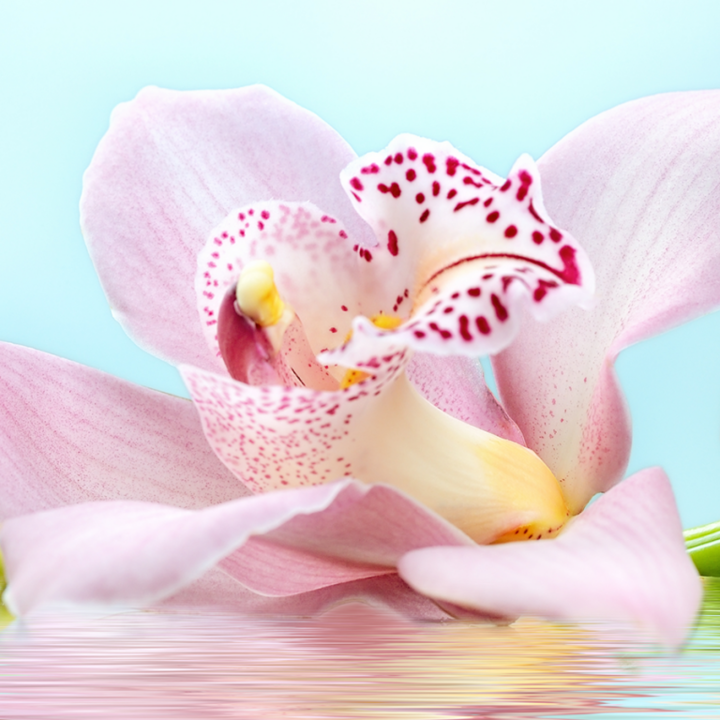
Did you know there are over 250,000 different species of orchids around the world?
And that the number is continuously increasing because of our everlasting love for them?
Due to the popularity of orchids, these beautiful flowers are taking root in homes and gardens up and down the country and while they are known for being a relatively low maintenance plant there are occasions when they seem to be languishing.
When our orchid starts to decline we are all guilty of feeling at a loss over what to do. Surely there’s no way to bring it back to life?
Well, actually, there is! To know what to do to bring your orchid back from the brink you need to understand the plant’s life cycle and follow these simple tips.
Growing your orchid
If you have chosen to grow your own orchid, it’s essential that you take care of some of their very basic needs.
To begin with, they need a lot of sunlight – normally around 12 hours – but they hate direct sunlight which can cause some obvious problems.
They grow most successfully when sat in north and south facing windows and of course under artificial UV lights but they also need to be in temperatures of between 60 and 80 degrees and more often than not prefer dry, humid heat.
Contrary to what many believe, orchids actually don’t need to be watered that much – they thrive on only being watered once a week when their soil is dry.
Are you thinking of potting your orchid?
If you’ve decided to pot your orchid, it is essential that you understand that orchids require a large amount of circulation around their roots and therefore require certain potting soil.
The soil you choose must be able to both retain moisture and support the orchid, so choose carefully. The ideal orchid potting materials are wood chips, peat moss or ferns.
When potting the orchid, you should fill your pot with 3 to 6 inches of your chosen potting material and then lay the roots of the orchid over the soil. You should be extremely careful not to break or damage the roots otherwise it really is game over.
Put a little more of your potting material over the top of the roots to fill the pot. Do not under any circumstances pat down the potting soil, the orchid needs little pockets to allow it to breathe.
Getting your orchid back to life
If you see your orchid begin to struggle with the blooms falling off, don’t panic, orchids go through a bloom cycle so this doesn’t necessarily mean the death of your beloved plant. Providing you keep watering it as needed and caring for it, it should bloom again and keep growing.
Begin the process of bringing your orchid back to life by bringing it inside the house (if it isn’t already) and keep watering it once a week. Be sure not to let the roots dry out completely between each watering and remember these plants love a bit of humidity so consider buying a humidity grid or placing it more humid rooms – like the bathroom.
It is also recommended that you fertilize your orchid on a regular basis; once a month is enough and you can buy fertilizers and feeds which slowly drip into the plant over a few weeks to give them consistent nurturing.
You’ll also find that orchids begin to bloom again quite quickly in England because of our cool nights – they enjoy a sudden drop in temperature as this spurs on the cycle – so you’ll hopefully see a difference in your plant quite quickly.
Our main tip is to keep your orchid in your window as this will provide them with the ideal temperature and the right amount of sunlight, guaranteed to bring it back to its original state of health.
Understand your orchid
Orchids are complex plants and their process of bloom and no bloom will continue in some cases for many years. It is extremely normal and absolutely nothing to worry about so don’t throw yours out when the flowers die and keep an eye out for new shoots or stem between the leaves – you can take these as a cutting for a new plant or secure against support to allow to grow.
Follow these tips and you’ll be able to say that you are the master or resurrecting orchids.